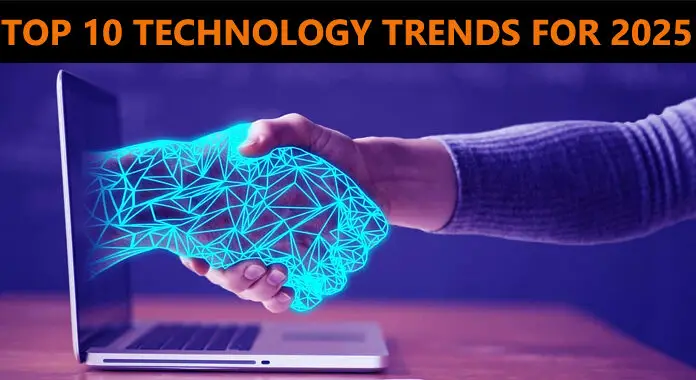Asked By
Aamir sam
0 points
N/A
Posted on - 07/20/2011

I am having problem knowing about Visual Programming so asking you if anyone knows in details. Anyone knows clearly about Visual Programming? Is this Object Oriented programming? What are the Visual softwares?
Clear concept about Visual Programming

Greetings,
Visual programming is language that deals with manipulating program elements graphically rather than textually. A good example of visual programming is visual basic (VB 6.0), which is more attractive then the textual based DOS. Visual programming emphasizes more on visual expression making easy for user interaction. Due to visual effect the user feel more comfort to use the software.
Yes, Visual programming language is object oriented programming.
Following are the visual software's:
-
VB 6.0 (visual basic)
-
VC++ (visual c++)
-
VB.NET
-
Morphic
-
MST Workshop
-
OpenMusic
-
OpenDX
-
Toontalk
-
Openwire
Thanks & Regards,
Robert.
Answered By
anrewbst
0 points
N/A
#83941
Clear concept about Visual Programming

Hello Aamir,
-
Visual programming languages let you to create your programs using diagrams and graphic blocks.
-
VPL must not be confused with common graphic environment for standard programming, named IDE (Integrated development environment) and programming languages with graphic support like Visual Basic or other Microsoft Visual development environment.
-
We can think at flowcharts, in a flowchart we can design an algorithm with a structured language friendly for humans but not understandable by a computer if not translated to machine language (remember that the CPU of your computer is capable of making only additions and logic math and it understand only binary numbers).
-
I want to remind you the gap between human and machine:
Human:
-
Problem to solve.
-
Thinking and create an algorithm.
-
Flowcharts.
Flowcharts can easily translated in a procedural programming language like C or Pascal. We also have seen that the CPU don't understand C or Pascal, indeed a program named compiler translates these high-level. Procedural programming languages in machine language that CPU can understand.
Computer:
-
Procedural programming language or object oriented language (we can think at this stuff as high-level programming languages because they are closer to human language than the machine language, so it's more simple programming in this way). Object programming is the natural evolution of procedural programming.
-
Assembler (a low-level language that makes simpler the machine code but, however, you must know how the CPU works in order to develop an application).
-
Machine Language: Hexadecimal code that, once converted in binary code is suitable by the CPU.
VPLs seem to break this classification because now, it is the closest to the human language, to the physics and, for sure, the real world.
Imagine a development environment able to understand flowcharts, is it ok? You'll got a visual programming language. So we can say that a VPL adds a human-friendship level to the family of the programming languages.
But you can also imagine a development environment where you can put some electronic components, connect them and finally simulate the final work of your circuit. Add some input/output interfaces and you can transform your computer in some strange electronic or audio device. Add some digital processing device and your program can interact with the real world.
If you are thinking about Object Oriented languages you consider that many of these languages use boxes and arrows where boxes are the entities and the arrows are the relations.
We can divide these languages in two big categories:
-
Visually transformed language: the graphic code will be translated in a standard text programming language like C, Basic, etc.
-
Naturally Visual Language: it has not a text-equivalent.
-
The current main issue with VPLs is the difficult to obtain a good debugging, it's not simple access to program state or return the point of a program failure.
-
There are many visual environment strictly related to specific matters, in robotic for example, we can find a large use of VPLs in order to let the user concentrate in his purposes in spite of learn a programming language before he can start the real work. These capabilities are greatly increased due to the computing power of today's computers and you can visual programming in a lot of areas.You can start improving your knowledge on Microsoft VPL's website and choose, in the future, the program that better fits your needs.
VPLs are often used in education, a child can have more fun by colored blocks than lots of code.
Here's some stuff :
-
labVIEW (engineers and scientists).
-
lily (web-browser based and written in JavaScript().
-
Macromedia Authorware.
I hope you will enjoy my info,
Regards,
anrewbst.













